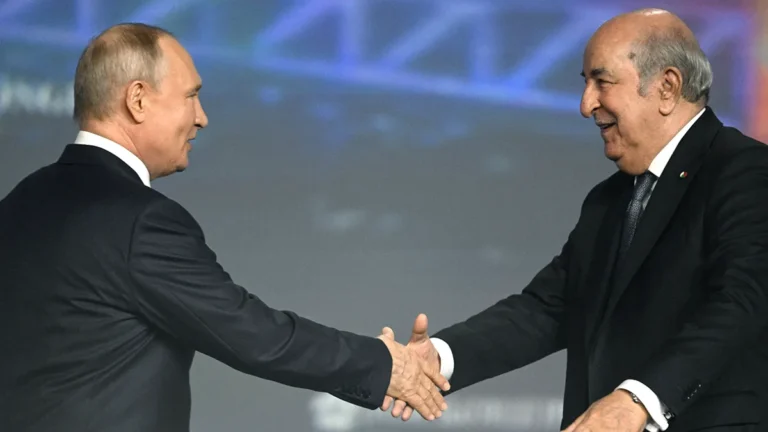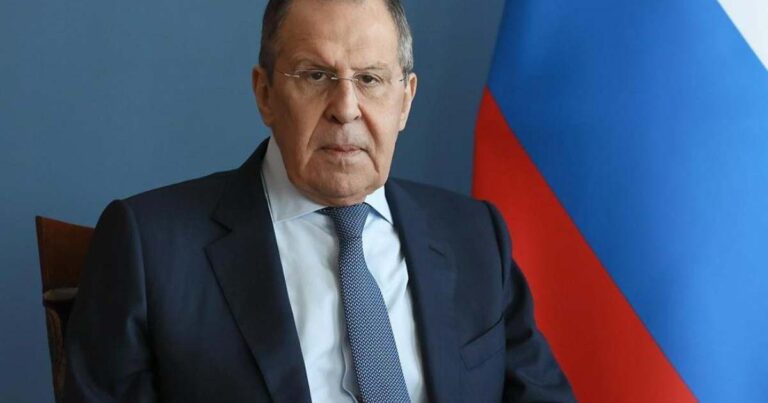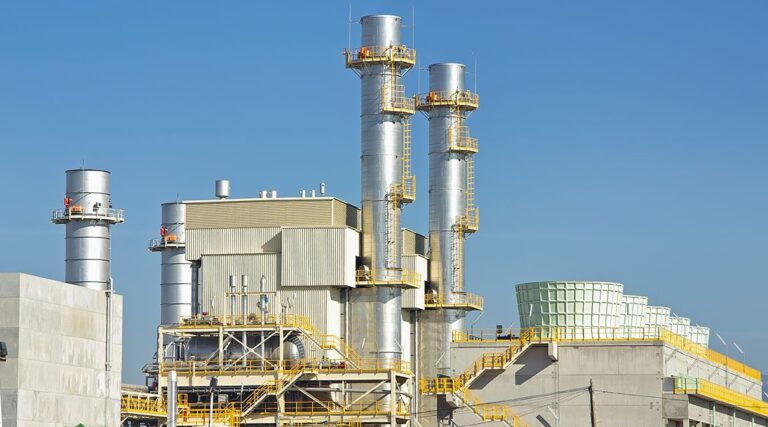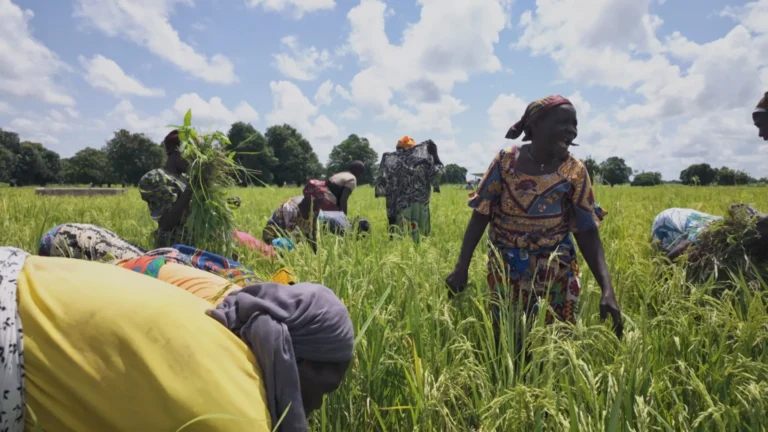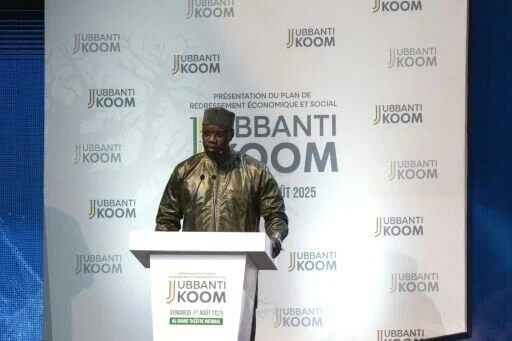
Senegal has unveiled a bold new economic and social recovery strategy aimed at steering the country toward self-reliance and long-term stability.
On August 1, Prime Minister Ousmane Sonko presented the plan at the Grand Théâtre National in Dakar, alongside President Bassirou Diomaye Faye, outlining a sweeping roadmap to transform Senegal’s economy through the mobilization of local resources.
Described as the first milestone in the government’s Vision 2050, the recovery plan rests on a three-phase approach: recovery (2024–2029), boost (2026–2034), and acceleration (until 2050).
Each phase is designed to overlap for a seamless transition. The current stage focuses on institutional reform, good governance, and accountability.
Sonko cited the urgency of this plan, referencing dire economic conditions left by previous administrations. “A real budget deficit of 14% of GDP and a public debt of 119% of GDP,” he noted, sharply contrasting with previously reported figures of 4.3% and 74%, based on findings from the General Inspectorate of Finance, the Court of Auditors, and Forvis-Mazars.
“I wouldn’t want to start my term with a lie,” said Sonko, commending President Faye’s decision to embrace transparency early in his presidency. He acknowledged that this openness triggered a downgrade of the country’s sovereign rating and restricted access to external financing.
Unlike past strategies, 90% of the new plan’s funding will come from domestic sources. Of the 5,667 billion CFA francs projected for the 2025–2028 period, funds will be sourced through additional tax revenues (2,111 billion), asset recycling (1,091 billion), and non-debt financing (1,352 billion).
Revenue streams include digital taxation, contract renegotiations, land value enhancement, and the introduction of green and blue taxes. Measures to reduce government spending and bolster national savings are also central to the initiative.
The government has enacted or proposed several laws targeting corruption, public procurement reform, banking sector regulation, and Islamic finance mechanisms like Sukuk and Waqf. Early audits reveal inflated costs in sectors like construction and energy—18% above the OECD average, Sonko revealed.
Support for households and the private sector is a cornerstone of the plan. Key initiatives include expanding education and healthcare, offering social housing, increasing youth and women’s employment, and guaranteeing three-year public contracts to provide stability for private enterprises.
The plan also emphasizes growth in agriculture, fishing, renewable energy, tourism, digital services, textiles, and pharmaceuticals, which are expected to anchor Senegal’s sovereign economy.
“What we are presenting to you today expects nothing from almost anyone, except the Senegalese people themselves,” said Sonko, defining sovereignty not as isolation, but as the freedom to choose partners, priorities, and financial tools.
By 2027, the government aims to reduce the budget deficit to 3% while adhering to international obligations. A budget planning law will soon be submitted to Parliament, signaling the beginning of a transformative chapter for Senegal’s economic future.
